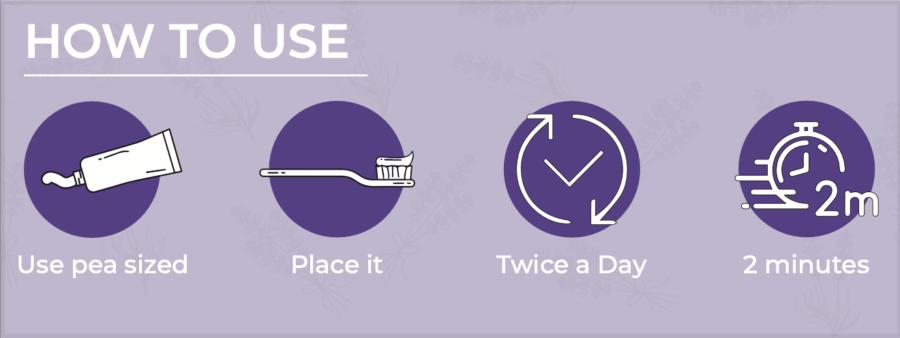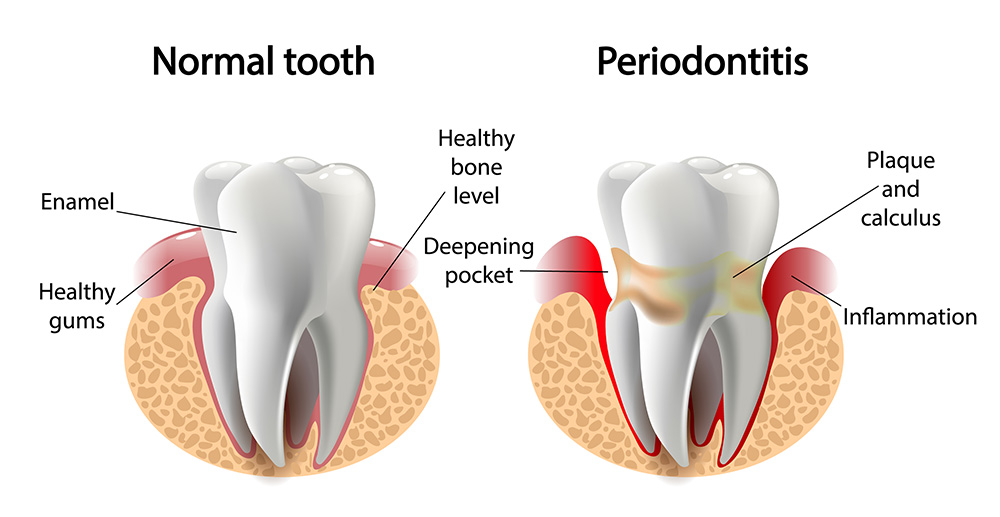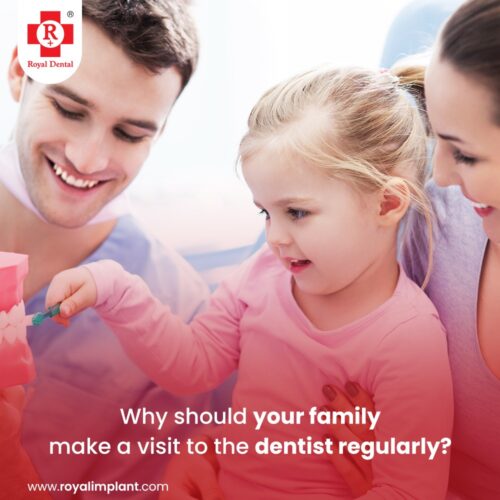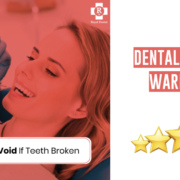Once you know you have periodontal disease, the next steps are to get treatment and manage your disease. There is no cure for periodontal disease; it’s a chronic condition that requires lifelong management. Once you understand what you can do to help manage your own condition, managing your periodontal disease becomes much easier. When coupled with professional care, self-management techniques can significantly reduce your risk of developing further complications from your periodontal disease. Read on to learn more about how you can treat your own teeth and gums condition and maintain oral hygiene at home.
Practice good oral hygiene habits
Good oral hygiene habits are the foundation of periodontal treatment. Flossing and brushing your teeth twice a day with fluoride toothpaste can reduce the risk of gum disease by up to 80 %. You can also use mouthwash to reduce the risk of gingivitis and bad breath.
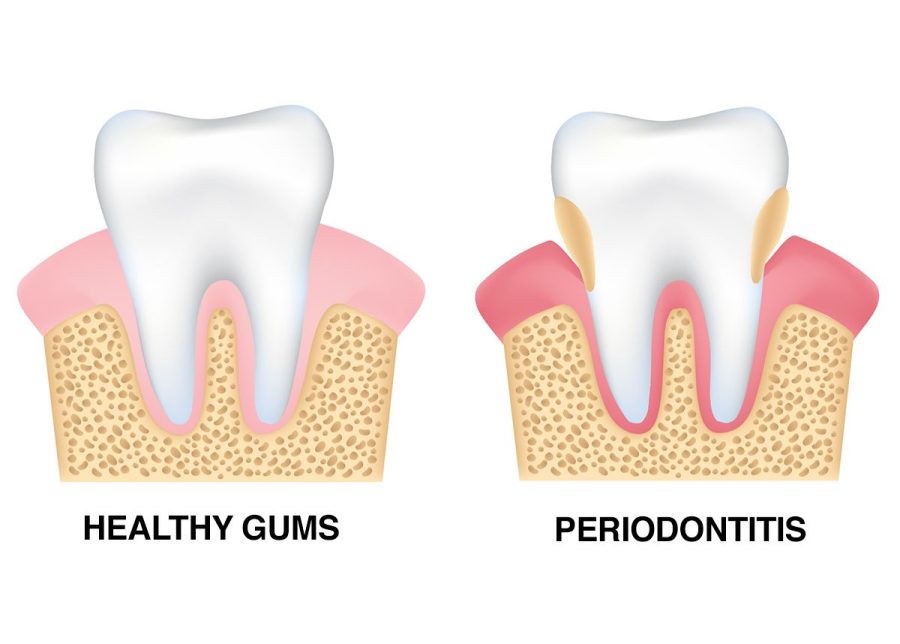
Regular dental checkups are also essential to managing your periodontal disease. During your checkup, your dentist will use a periodontal probe to measure the health of your gums. If your gums are unhealthy, your dentist will recommend treatments to help reverse the condition.
Stop smoking and reduce your sugar intake
Smoking damages your gums, making them more susceptible to developing periodontal disease. It also impairs your body’s ability to fight bacterial infections, so it makes you more susceptible to gum disease. People who smoke are twice as likely to develop periodontitis than non-smokers. If you’re a smoker, you can reduce your risk of periodontal disease by quitting. According to research, smokers have four times the risk of non-smokers.
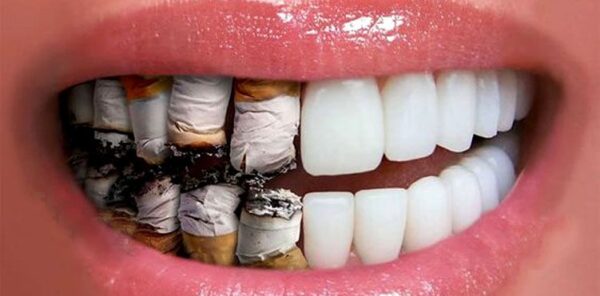
Quitting also reverses damage inflicted on your gums by smoking. There are also ways you can reduce your risk of periodontal disease by changing your diet. Sugar can reduce the amount of calcium in your saliva. People with low levels of saliva are more likely to develop gum disease.
Have professional care and regenerative therapy
Your dentist will be able to provide the best care and advice for your teeth. Depending on your condition, you may need treatment to reverse your gum issues. For more severe gum disease, your dentist may recommend professional cleaning, root treatment, or even surgery. Depending on the severity of your periodontal disease, you may need aggressive treatment. You may need additional care and treatment as the disease progresses. In some cases, you may need surgery to remove your teeth.
You may want to consider regenerative therapy as a more natural approach to treating your periodontal disease. Regenerative therapy uses stem cells to encourage your body to repair and regenerate damaged tissues. This includes your gums and the tissues around your teeth. Regenerative therapy can help you reverse gum recession and regenerate lost gum tissues.
Periodontitis can’t be reversed, only slowed down, while gingivitis can be reversed. This is why it’s important to catch it in its early stages and prevent it from moving on to periodontitis. Oral hygiene can help prevent these.
Conclusion
Periodontal disease is a very common but serious condition that affects almost half of all people at some point in their lives. While it can be managed at home with proper dental care, it’s important to get professional treatment as soon as you notice signs of gum disease. Periodontal disease is a serious condition that can cause you a great deal of pain. Fortunately, there are steps you can take to prevent it from becoming a serious problem. By following these tips, you can significantly reduce your risk of developing periodontal disease.
